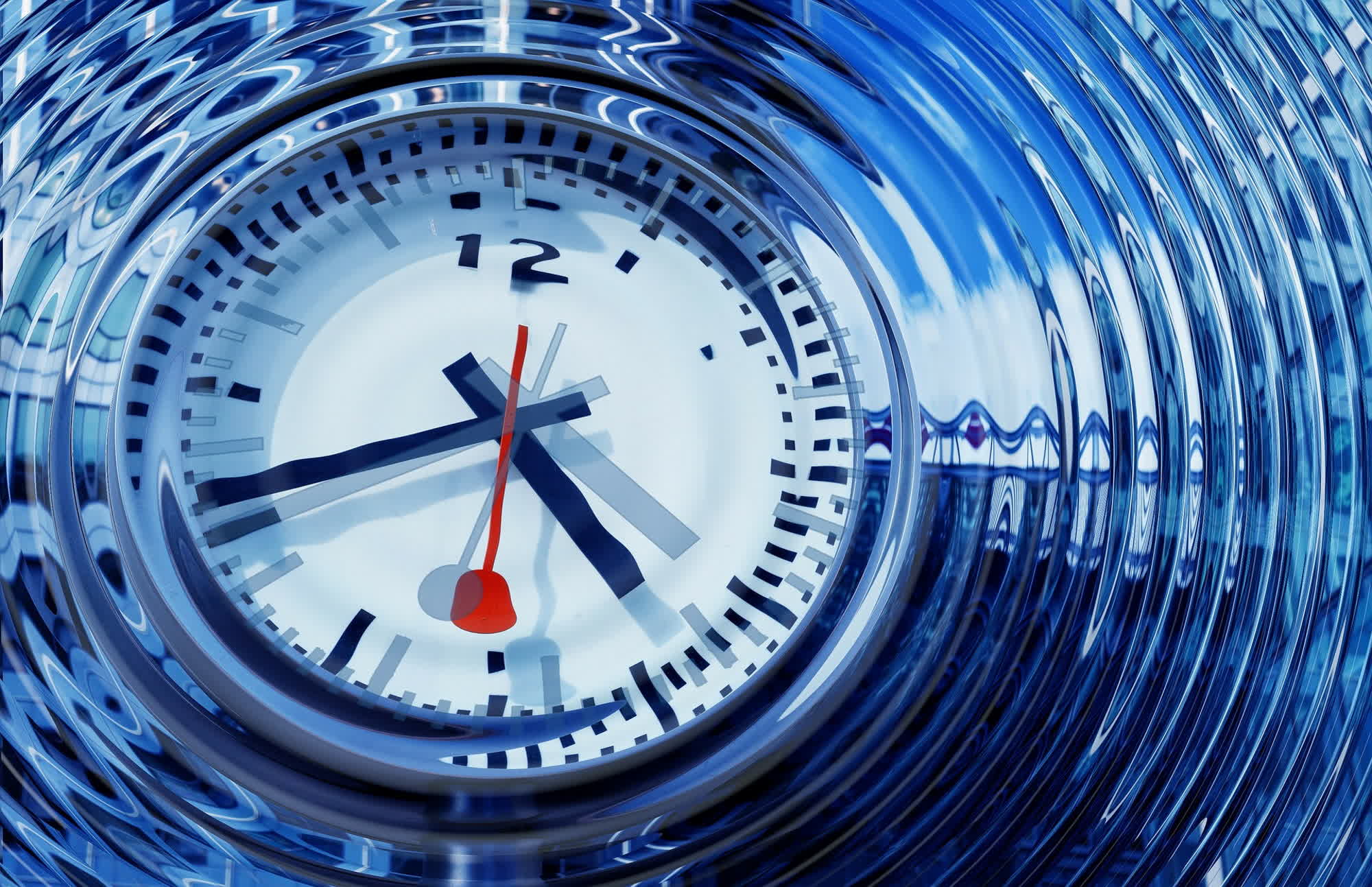Time is Relative: Major efforts to explore the Moon's surface and build permanent human outposts will require precise timing technology. NIST is proposing a new "lunar time" system designed to make life much easier for astronauts – whether on the Moon or elsewhere in space.

While traditional atomic clocks are pushing the boundaries of time measurement precision with science fiction-like technological breakthroughs, those organizing the future of space exploration are focused on a more practical, yet otherworldly, issue. Atomic clocks on the Moon tick faster than those on Earth, gaining an additional 56 microseconds every 24 Earth hours.
This well-known discrepancy could jeopardize efforts to establish a sustained human presence on the Moon, as precise time measurement is essential for surface navigation, network communication, and more. On Earth, GPS satellites have atomic clocks synchronized to a common time reference, allowing receivers to determine position and time by measuring the delay in signals from multiple satellites.
The National Institute of Standards and Technology (NIST) is now proposing a GPS-like system for the Moon, featuring a new master "Moon time" that would serve as the timekeeping reference for the entire lunar surface. Instead of having clocks gradually fall out of sync with Earth's time, the Moon would be synchronized to a single "time zone" adjusted for its reduced gravity, the agency explained.

As confirmed by Einstein's theory of relativity, time is not a uniform phenomenon and is influenced by gravity. The Moon's gravity is weaker than Earth's, causing clocks to tick slightly faster. The plan conceived by NIST researchers includes a "highly precise" network of clocks placed at specific locations, both on the Moon's surface and in orbit.
This lunar network would function as a GPS-like navigation system, providing precise measurements for landing attempts and vehicle-based surface exploration. Without this technology, astronauts working at a permanent lunar outpost could easily lose their way. According to NIST physicist Bijunath Patla, "the goal is to ensure that spacecraft can land within a few meters of their intended destination."
The new navigation system is designed to support NASA's efforts to return humans to the Moon. The Artemis program aims to establish a sustained human presence on the Moon while preparing for further exploration of Mars and beyond. According to Patla, the framework proposed by NIST could eventually enable exploration not just beyond the Moon, but even beyond the solar system.
US agency develops a new standard for timekeeping on the Moon